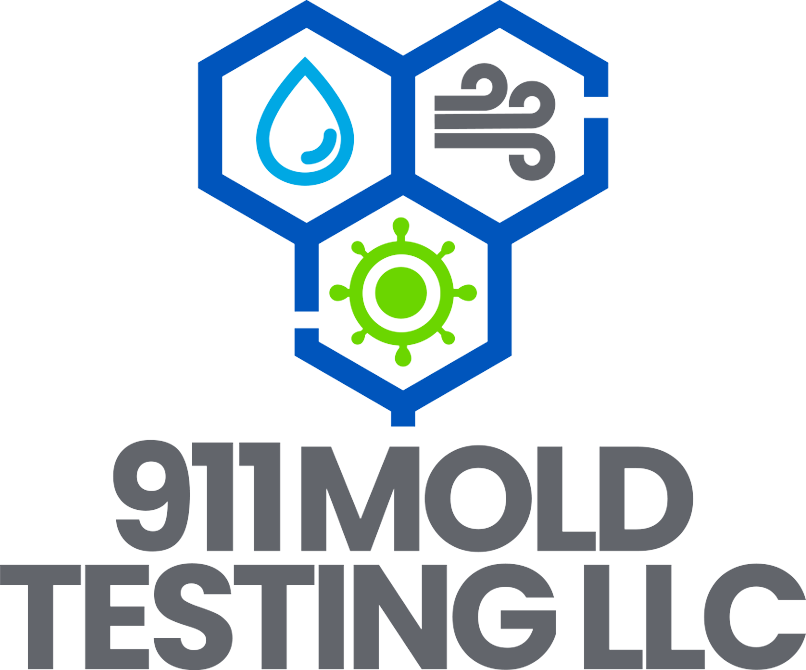It can be overwhelming -as a facility or property owner- if you are facing indoor flooding.
Regardless of whether it’s because of a natural disaster or a damaged pipe that burst if you are
quick on your feet, there is a chance that you can reduce the damage by a great degree.
The water mitigation process is complex, but if you follow the right instructions, you will have
your squeaky-clean floors dry in no time. To ensure total safety and make sure you have an
advantage, we have listed everything you need to expect from the water restoration process.
Inspect the damage
If the matter isn’t urgent like if you suspect damage, then taking your time is good. If you are re-
entering your place right after a disaster or accident has taken place, turn off gas and electricity
from the source. Remember, caution will take away the risks of things going away.
Step 1: Remove the Water
Standing water and moisture are immediate problems. The longer it stays, the more lasting
damage it will result in. Use buckets, mops, floor wipers, and towels to clear the water. Once that
is out of the way, you will need to open windows, dehumidifiers, and circulation air. Once the
moisture is out through evaporation, you have half your job done.
Step 2: Sorting the damage
It’s a given that several things will be damaged and you will need to sort them out. Your furniture
and appliances, of course, top the list. Try to salvage as much as possible. Electric devices will
need special caution. Drying under the sun or vacuuming with a suction hose should help, for the
most part.
But other things that can cause health hazards, such as drywall or insulation, will need to be
replaced after being soaked for forty-eight hours. If possible, opt for fire and water restoration
services as they will professionally deal with the damage and make sure there are no risks
involved.
Next, you will need to dispose of the junk. You can be vigilant on your own or you can hire a
junk removal service to get rid of the hazardous junk.
Step 3: Disinfect the place
Once the evaporation begins, you can get down to clean your place. The waste in your place was
likely infected, so disinfecting the place is important. Though it doesn’t sound so hard, there is a
possibility that heat and trapped water somewhere could become the breeding ground for mold.
You can use professional help or dehumidifiers and disinfectants on your own to wipe and rub
every affected area.
When should I call a Restoration Company?
Before you dive in on what you can do to salvage the situation, we need to discuss the limits of
your capabilities. You need to know that sometimes what you need is professional help.
Of course, you can deal with a sink leakage, but if the situation escalates to the point where you
have presented your case to your insurance or you don’t exactly understand the degree of the
damage, you will need Restoration Company Help. Delay can increase the damage.
FAQ
How much does the water restoration cost?
In the case where the damage is as severe as a flood, it can cost from $3,000 to $7,000. The cost
will likely depend on the area and, of course, the severity of the damage.
How long does water damage restoration take?
Our intervention will take a few hours, and the whole process will take between 4 and 5 days.
Things will settle down for you once the water is cleared, but it will take time for the place to dry
out. After about one and a half weeks, it will be in an optimal position for reconstruction.

